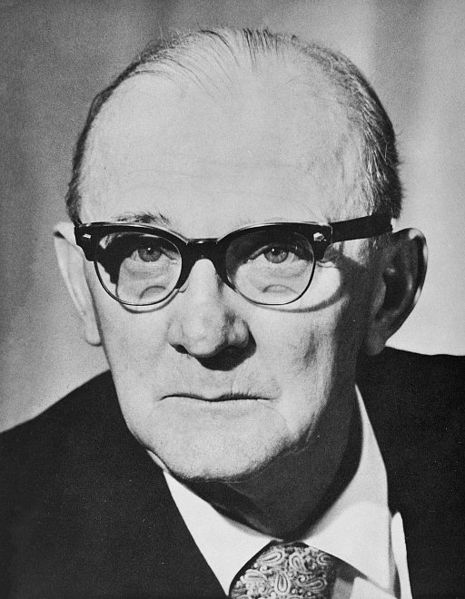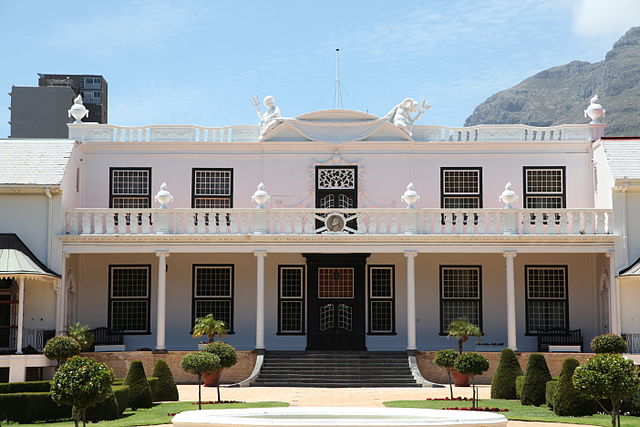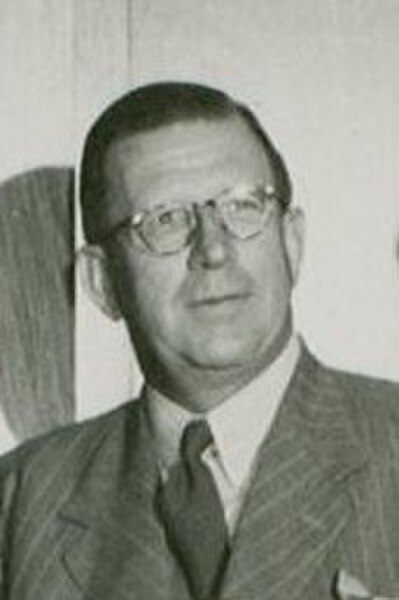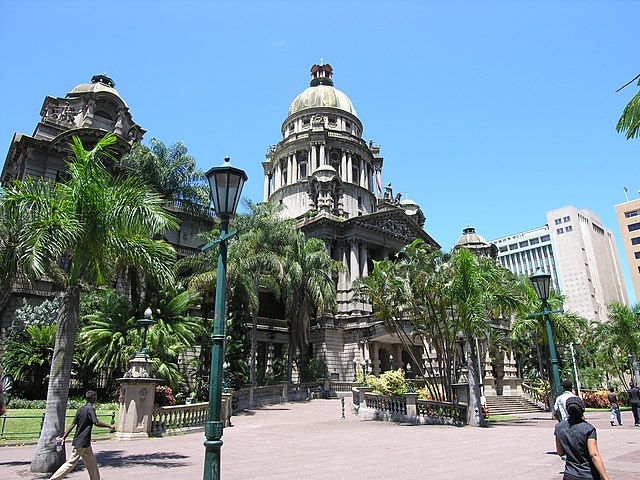State President of South Africa
The State President of the Republic of South Africa was the head of state of South Africa from 1961 to 1994. The office was established when the country became a republic on 31 May 1961, outside the Commonwealth of Nations, and Queen Elizabeth II ceased to be Queen of South Africa. The position of Governor-General of South Africa was accordingly abolished. From 1961 to 1984, the post was largely ceremonial. After constitutional reforms enacted in 1983 and taking effect in 1984, the State President became an executive post, and its holder was both head of state and head of government.
State President of South Africa
De Tuynhuys, used as the Cape Town office of the State President, now the office of the President of South Africa
Image: CR Swart 1960
Image: Dönges cropped
1960 South African republic referendum
A referendum on becoming a republic was held in South Africa on 5 October 1960. The Afrikaner-dominated right-wing National Party, which had come to power in 1948, was avowedly republican and regarded the position of Queen Elizabeth II as the South African monarch as a relic of British imperialism. The National Party government subsequently organised the referendum on whether the then Union of South Africa should become a republic. The vote, which was restricted to whites—the first such national election in the union—was narrowly approved by 52.29% of the voters. The Republic of South Africa was constituted on 31 May 1961.
Front page of Die Transvaler, 7 October 1960, announcing republican victory by 70,000 votes
Hendrik Verwoerd, editor of Die Transvaler and later Prime Minister of South Africa from 1958 to 1966
Durban City Hall, where the Natal Covenant was launched in 1955
Sir De Villiers Graaff, leader of the United Party, 1960








